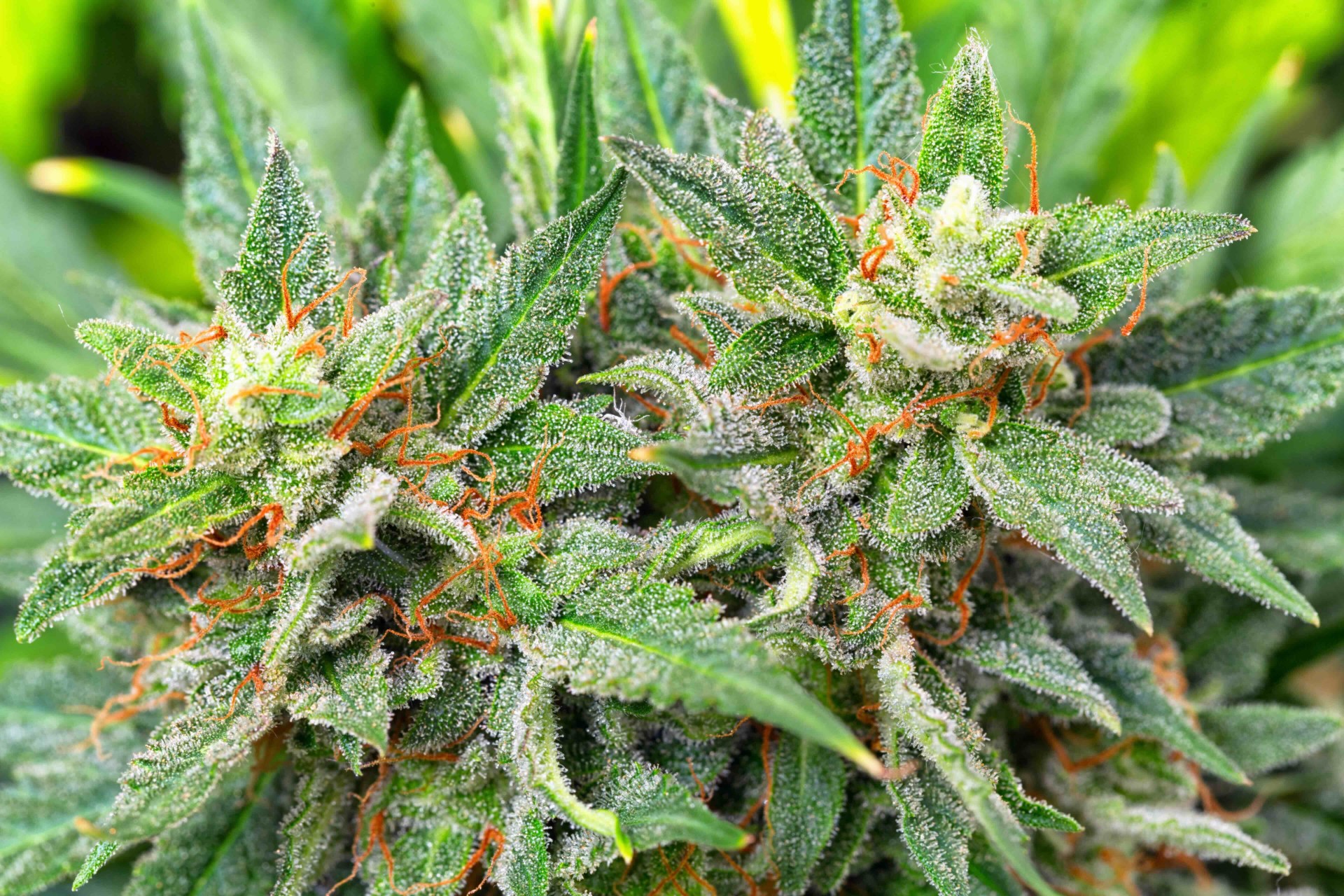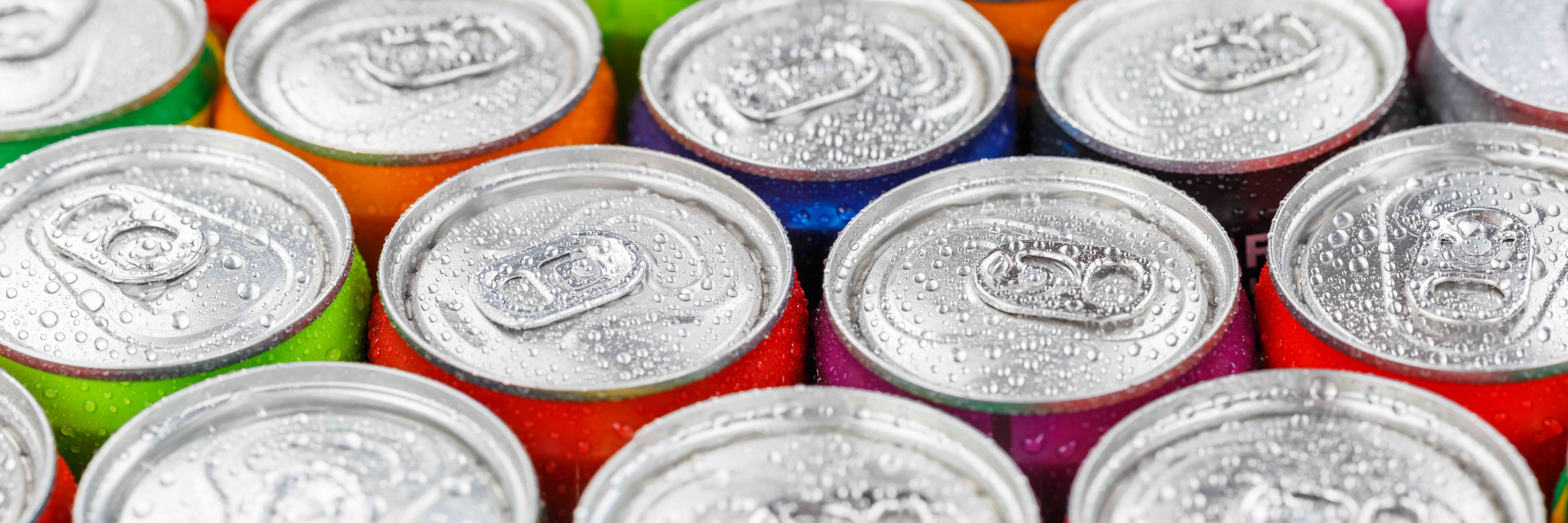
Innovations Transforming the Food and Beverage Industry: A Look at Technological Advances
The food and beverage industry is undergoing a technological revolution, driven by innovations that enhance efficiency, sustainability, and consumer experience. From precision agriculture to smart packaging and artificial intelligence, these advancements are reshaping how food is produced, processed, distributed, and consumed worldwide. Here’s a closer look at some of the key technologies propelling this transformation:
Precision Agriculture and IoT
Precision agriculture utilizes Internet of Things (IoT) sensors, drones, and data analytics to optimize farming practices. Sensors monitor soil moisture, nutrient levels, and crop health in real-time, enabling farmers to make data-driven decisions. This technology improves yield prediction, reduces resource waste, and enhances crop quality, promoting sustainable farming practices.
Vertical Farming and Controlled Environment Agriculture (CEA)
Vertical farming and CEA involve growing crops indoors under controlled conditions. LED lighting, hydroponic or aeroponic systems, and climate control technologies optimize growth parameters such as light, temperature, and humidity. These methods allow for year-round production in urban settings, minimize water and pesticide use, and reduce transportation distances, offering fresher produce to consumers.
Robotics and Automation
Robotics and automation are revolutionizing food production and processing facilities. Automated systems handle tasks like sorting, packaging, and palletizing, improving efficiency and reducing labor costs. Robots equipped with computer vision and machine learning can perform intricate tasks such as quality control and ingredient measurement, ensuring consistency and safety in food manufacturing.
Blockchain Technology for Traceability
Blockchain technology enhances transparency and traceability across the food supply chain. By recording transactions in a secure, immutable ledger, blockchain enables stakeholders to track the journey of food products from farm to fork. This transparency helps prevent fraud, ensures compliance with food safety standards, and allows consumers to verify product authenticity and ethical sourcing practices.
Smart Packaging and IoT Integration
Smart packaging incorporates IoT sensors to monitor food freshness, temperature, and storage conditions throughout the supply chain. Intelligent labels equipped with RFID or NFC technology provide real-time information about product status and shelf life. This innovation reduces food waste, improves inventory management, and enhances food safety by alerting stakeholders to potential quality issues.
AI and Predictive Analytics
Artificial intelligence (AI) and predictive analytics analyze vast amounts of data to optimize food production, distribution, and consumer preferences. AI algorithms forecast demand patterns, optimize supply chain logistics, and personalize marketing strategies based on consumer behavior. Machine learning models also assist in recipe development, flavor profiling, and product innovation, driving continuous improvement and customer satisfaction.
3D Food Printing
3D food printing technology enables the creation of intricate food designs and customized shapes using edible materials. This innovation is used in culinary arts, personalized nutrition, and catering to specific dietary needs. 3D printers can produce foods with precise textures and nutritional compositions, offering potential solutions for healthcare, space exploration, and sustainable food production challenges.
Clean Meat and Alternative Proteins
Clean meat and alternative proteins are disrupting traditional meat production methods. Cultured meat technologies use cell culture techniques to grow meat in vitro, reducing environmental impact and animal welfare concerns associated with conventional livestock farming. Plant-based proteins and insect-based foods offer sustainable alternatives that appeal to consumers seeking ethical and environmentally friendly dietary choices.
Conclusion
Technology is reshaping every aspect of the food and beverage industry, from farm to table. These advancements not only improve efficiency, sustainability, and safety but also enhance consumer experiences and enable new culinary innovations. As technological adoption continues to accelerate, collaboration between food industry stakeholders, tech innovators, and regulatory bodies will be crucial to navigating challenges and harnessing the full potential of these transformative technologies. Embracing innovation ensures that the future of food remains resilient, responsive to global challenges, and capable of meeting the diverse needs of an increasingly interconnected world.





